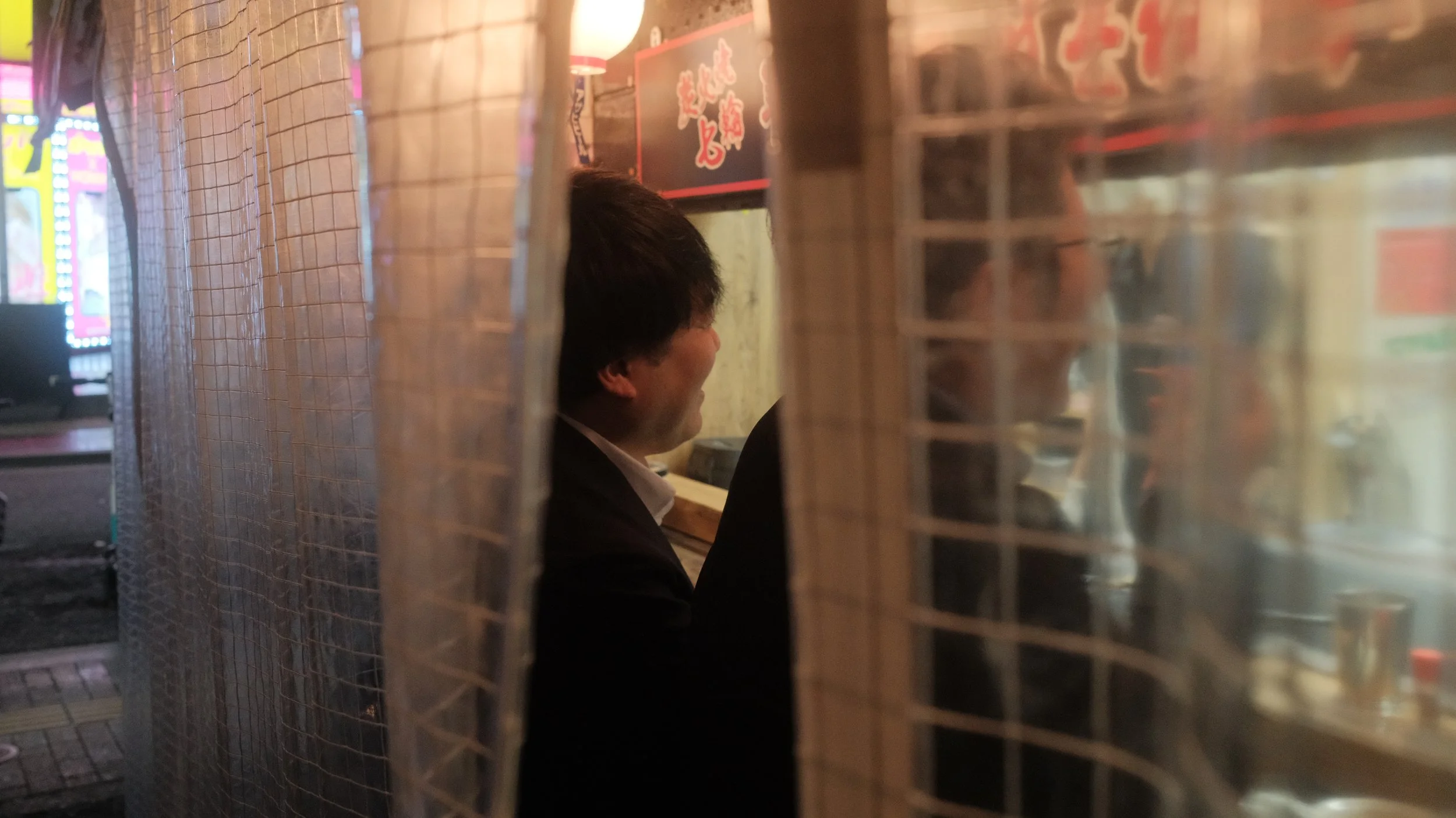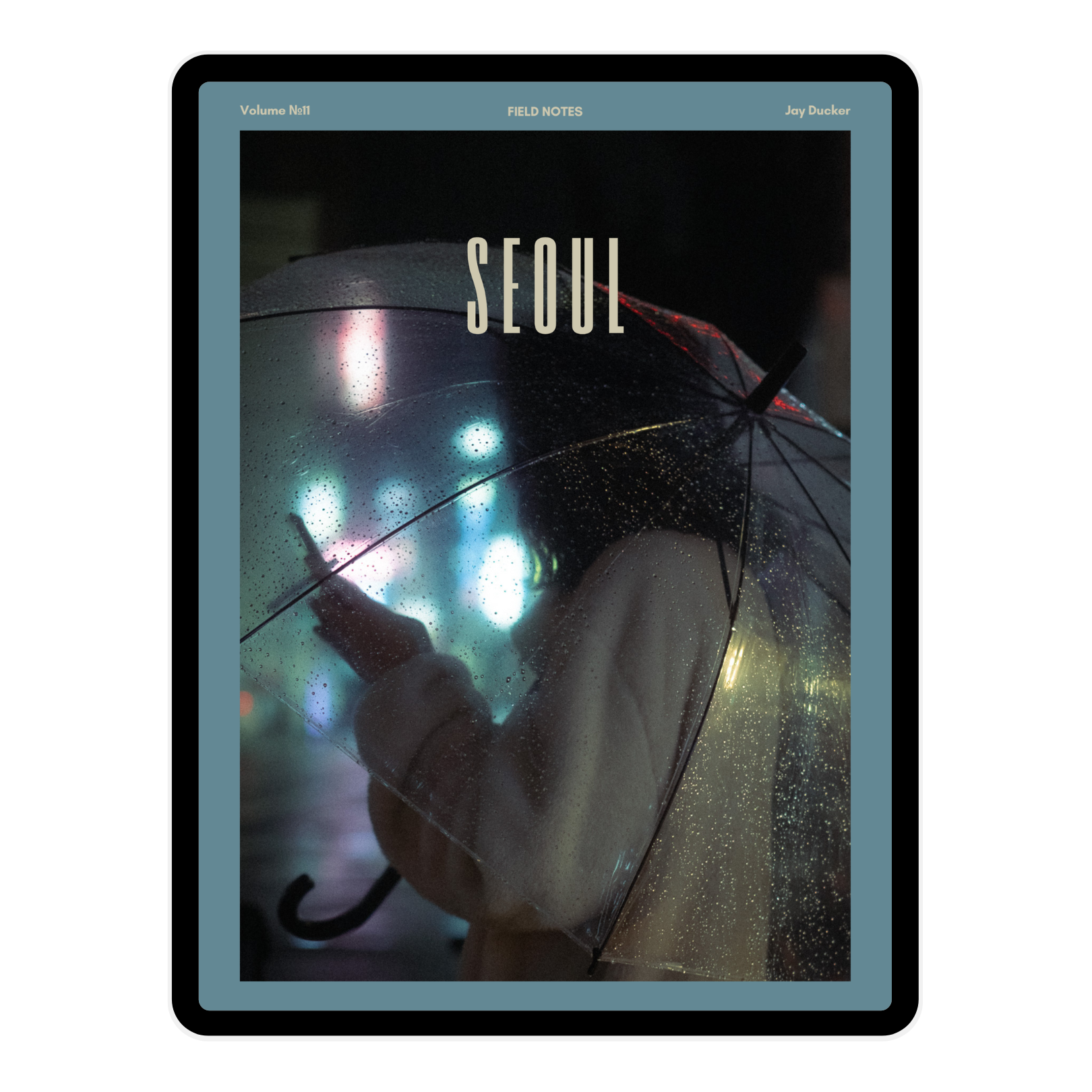The Best Photography Advice I’ve Heard in a Long Time
Recently, I came across a piece of photography advice that genuinely shifted the way I shoot. It’s simple, yet powerful—and I believe it has the potential to do the same for you.
The advice?
“Give your photo more questions than answers.”
Let that sink in for a moment.
Why This Advice Matters
As humans, we’re naturally curious. We’re drawn to stories, mystery, and meaning. Photography, at its core, is no different. The most captivating images often leave you wondering:
Who is that person?
What’s happening here?
Why is this moment frozen in time?
When I first heard this idea—originally from James Popsys, though he admits he heard it elsewhere—it struck me as obvious, yet something I’d never truly considered. Once I started applying it, it quietly changed my approach to photography.
Not every photo needs to scream mystery, but if you want to level up your work, this is a solid way to do it. Storytelling through imagery is made stronger when there’s some ambiguity—when the viewer is pulled into the frame because they want to know more.
Aesthetic vs. Curiosity
Now, don’t get me wrong. I still love a clean, aesthetically pleasing image. A photo of a Coca-Cola van on a sunlit street? Beautiful. But does it provoke any real questions? Not really. It’s nice, but it’s not deep.
Great photography, in my opinion, blends both aesthetics and intrigue. And when done well, it holds your attention longer—it gets under your skin.
How to Add More Questions to Your Photos
So, how do you actually do this?
Here are a few simple techniques I’ve been exploring:
1. Hide the Face
One of the most common methods—especially in street photography—is to conceal part of your subject’s identity. A person under an umbrella. Someone walking away. A hood pulled tight. It instantly makes you ask:
Who are they? What’s their story?
2. Use Reflections and Layers
Shooting through glass or using reflections creates an added layer of complexity. It also distorts reality just enough to make people pause and look twice.
3. Emotion is Everything
Capturing raw emotion—whether it's joy, anger, fear, or surprise—immediately triggers questions. What's happening? Why are they feeling that way?
That said, some emotions (like fear) can be more difficult and sensitive to capture respectfully. But joy, for instance, can be just as compelling.
4. Motion Tells a Story
People running, especially if they’re not dressed for running, always sparks intrigue. Why are they in a rush? Where are they going? I’ve tried this myself—once I caught a runner just as he passed a Coca-Cola van, and it completely changed the shot.
5. Play With Perspective
Sometimes, the difference between a good shot and a great one is where you shoot from. High angles, low angles, peeking through objects—all of this shapes the story you're telling and the questions that follow.
6. Use Negative Space
This is one of my favourite techniques. Leave parts of the frame intentionally empty. It makes viewers wonder why there’s so much “nothingness”—and it draws attention to what is in the frame, creating tension and intrigue.
7. The Edit Matters
Even if the original photo doesn’t raise many questions, your edit can. James Popsys once shared a great example: he cropped out what a subject was pointing at. Simple edit, but suddenly the photo was filled with curiosity. What were they pointing at? Why?
8. Capture the Unusual
Sometimes, the best way to raise questions is just to capture something totally bizarre. A surreal scene. A strange juxtaposition. An odd moment. These are rare, but they’re gold when you find them.
Final Thoughts
This idea of giving your photo more questions than answers has become a little mantra for me. It doesn’t mean every shot I take achieves it, but it’s something I always keep in the back of my mind.
Whether you're photographing people, objects, animals, or scenes—ask yourself: What question is this image asking the viewer?
You don’t need to chase ‘bangers’ every time. Sometimes, it’s just about planting a small seed of curiosity.
If you’ve never thought about your photos this way, I really encourage you to give it a go. It might just be the thing that pushes your photography to a deeper, more meaningful place.
Thanks for reading and happy shooting.


















